
How to Use MQ135: Examples, Pinouts, and Specs
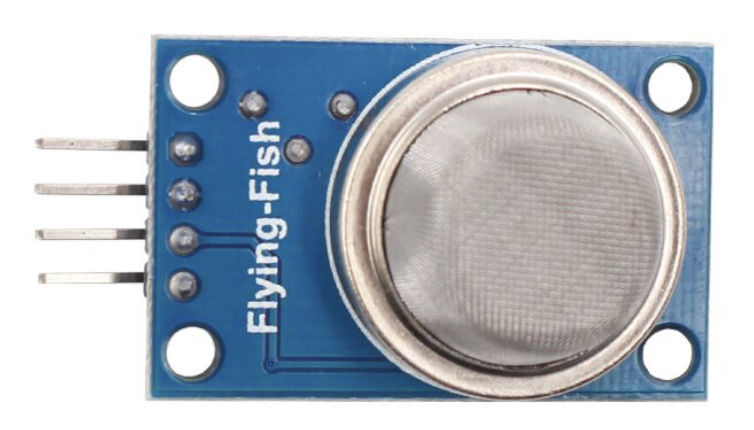
 Design with MQ135 in Cirkit Designer
Design with MQ135 in Cirkit DesignerIntroduction
The MQ135 is a versatile gas sensor designed to detect a wide range of gases, including ammonia, benzene, alcohol, and smoke. Manufactured by ESP32 with the part ID 001, this sensor is widely used in air quality monitoring systems, industrial safety applications, and environmental testing. It operates on the principle of resistive change, where the sensor's resistance varies in the presence of target gases, producing an analog output that can be easily read by microcontrollers.
Explore Projects Built with MQ135
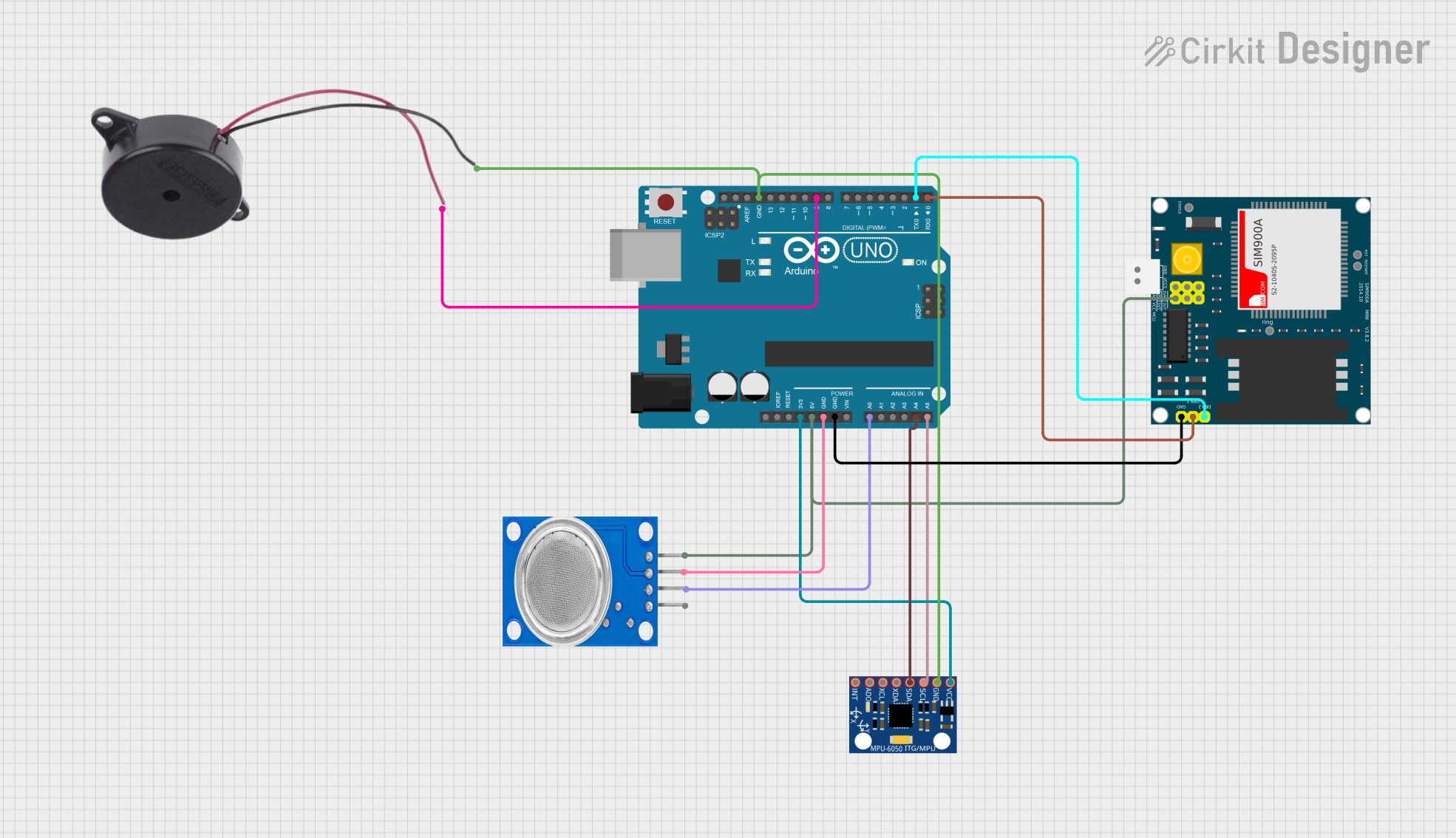
 Open Project in Cirkit Designer
Open Project in Cirkit Designer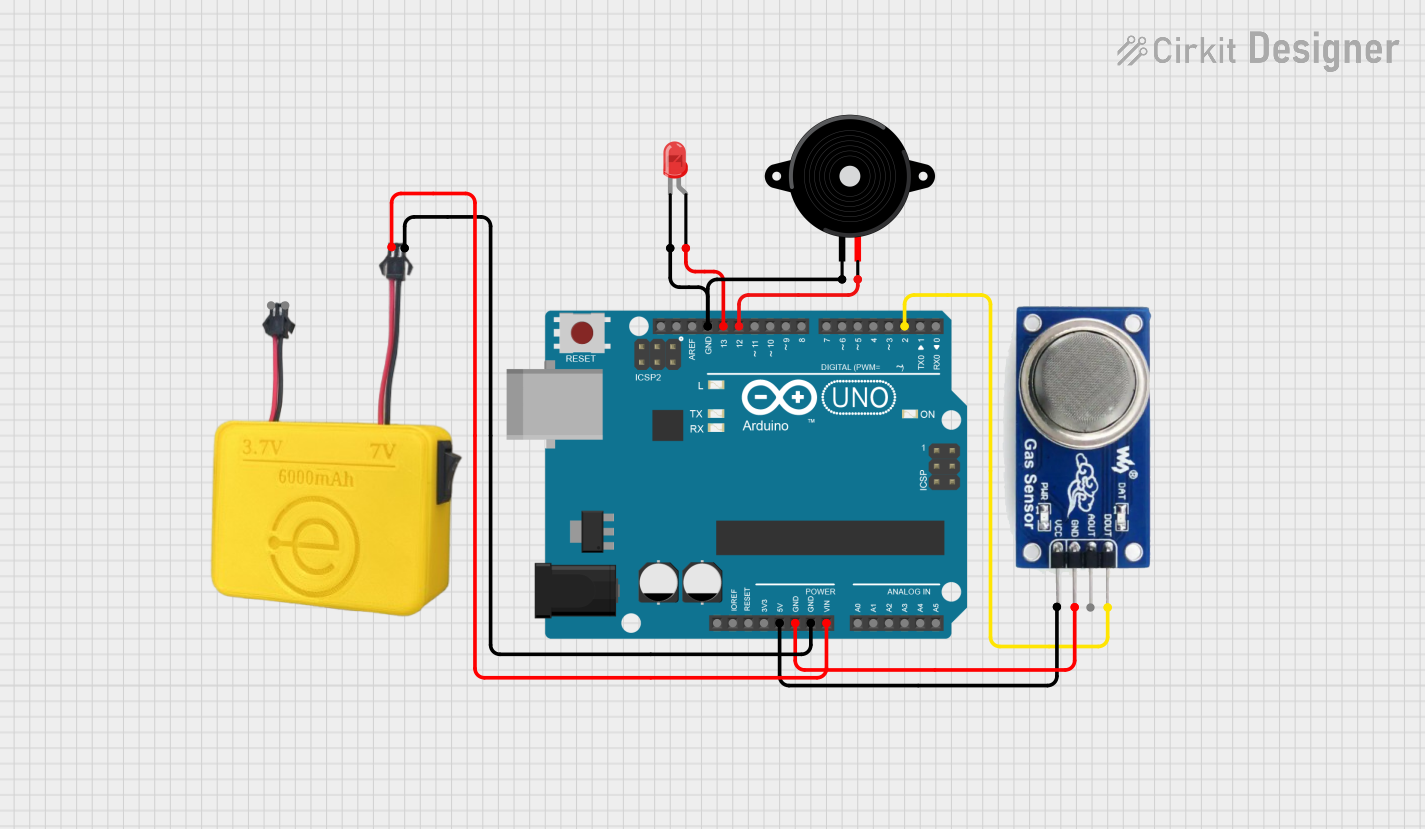
 Open Project in Cirkit Designer
Open Project in Cirkit Designer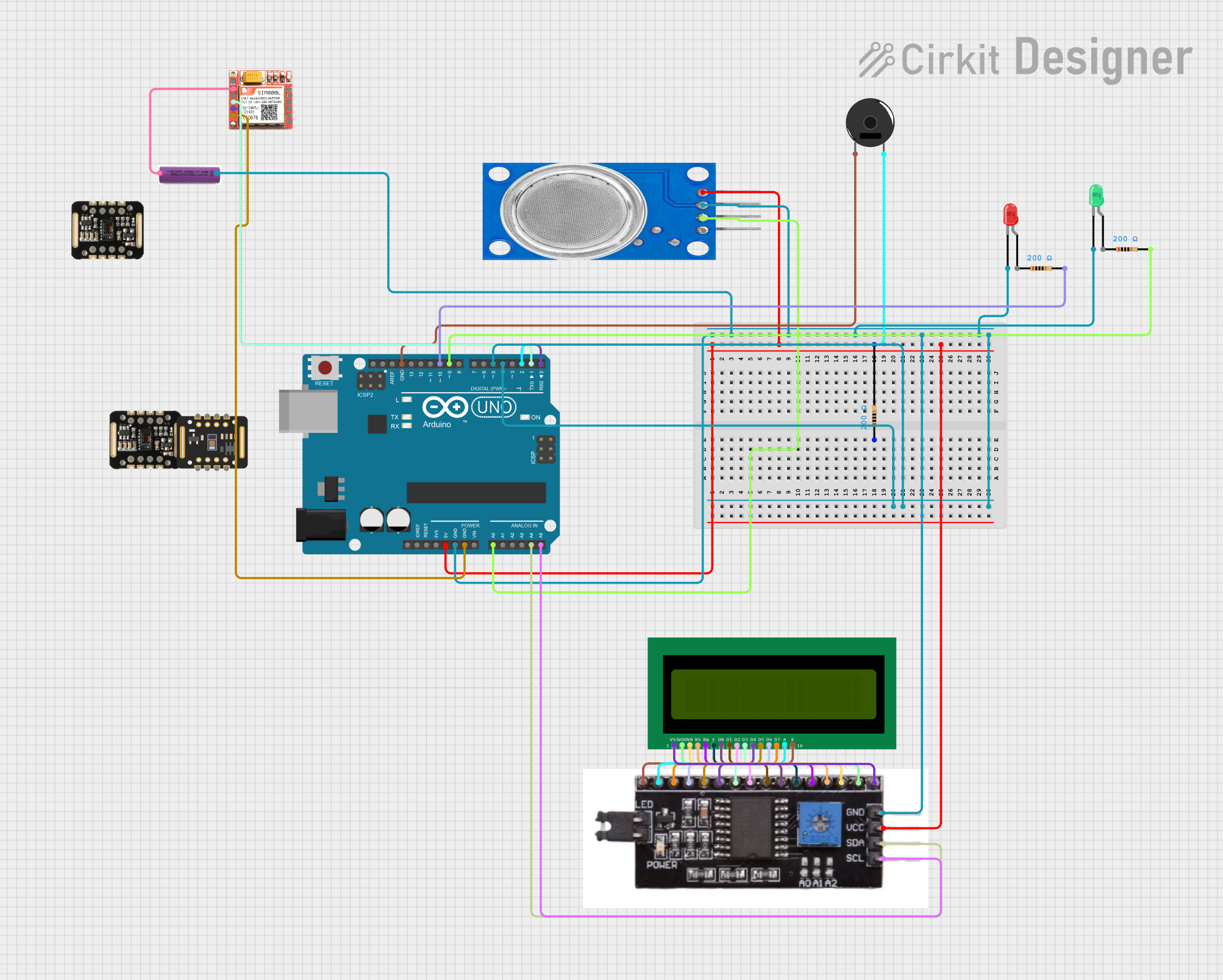
 Open Project in Cirkit Designer
Open Project in Cirkit Designer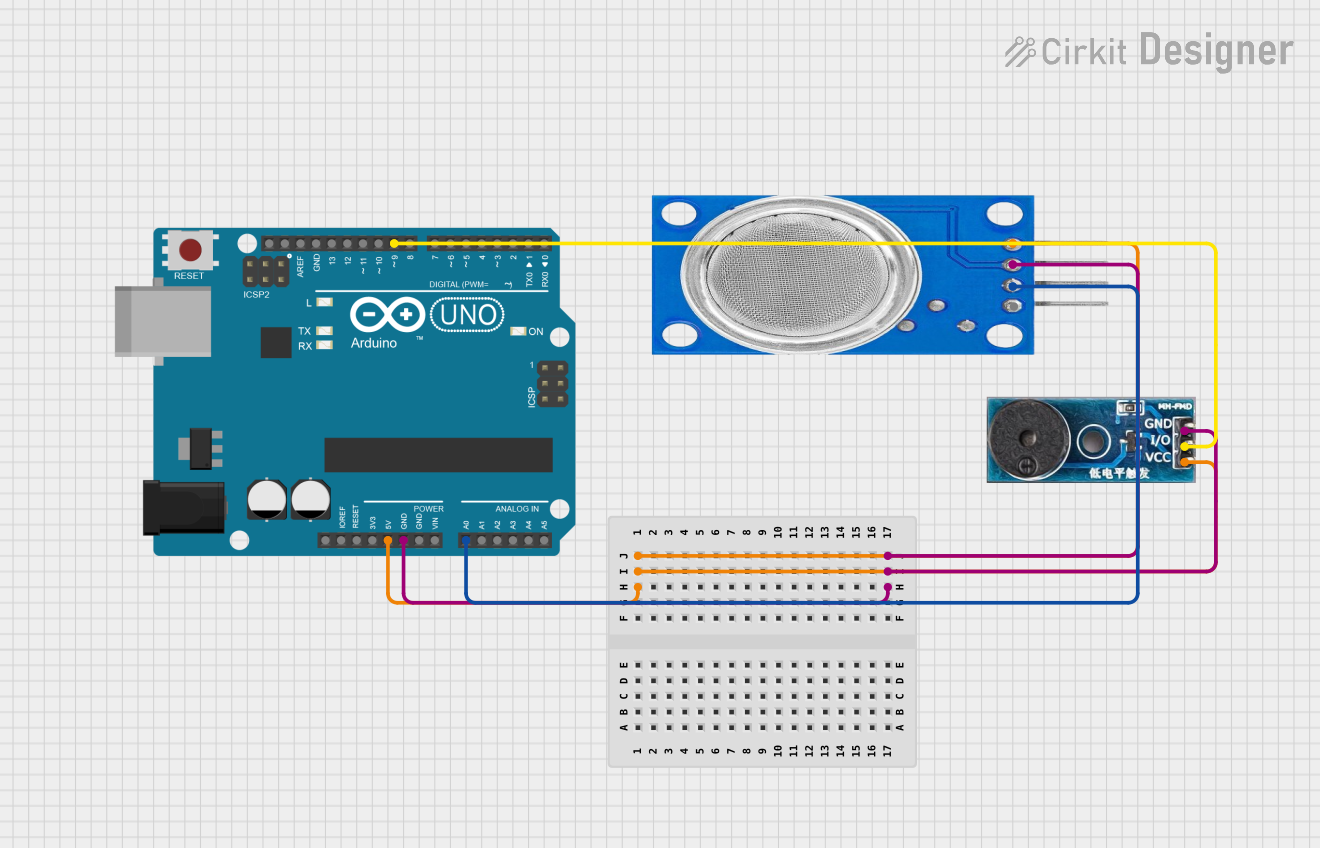
 Open Project in Cirkit Designer
Open Project in Cirkit DesignerExplore Projects Built with MQ135

 Open Project in Cirkit Designer
Open Project in Cirkit Designer
 Open Project in Cirkit Designer
Open Project in Cirkit Designer
 Open Project in Cirkit Designer
Open Project in Cirkit Designer
 Open Project in Cirkit Designer
Open Project in Cirkit DesignerCommon Applications
- Air quality monitoring systems
- Industrial gas leak detection
- Environmental pollution monitoring
- Smoke and alcohol detection systems
- Smart home automation for air quality control
Technical Specifications
The MQ135 sensor is designed for ease of use and integration into various systems. Below are its key technical details:
Key Specifications
| Parameter | Value |
|---|---|
| Operating Voltage | 5V DC |
| Load Resistance | 10 kΩ (recommended) |
| Heating Voltage | 5V ± 0.1V |
| Power Consumption | ≤ 800 mW |
| Detection Range | 10 ppm to 1000 ppm |
| Preheat Time | ≥ 24 hours (for stable output) |
| Analog Output | 0V to 5V |
| Operating Temperature | -20°C to 50°C |
| Humidity Range | ≤ 95% RH |
| Sensor Life Span | ≥ 2 years |
Pin Configuration
The MQ135 sensor typically comes with four pins. Below is the pinout description:
| Pin Name | Description |
|---|---|
| VCC | Power supply input (5V DC) |
| GND | Ground |
| AOUT | Analog output signal (proportional to gas concentration) |
| DOUT | Digital output signal (threshold-based, optional) |
Usage Instructions
The MQ135 sensor is straightforward to use in a circuit. Follow the steps below to integrate it into your project:
Circuit Connection
- Power Supply: Connect the
VCCpin to a 5V power source and theGNDpin to ground. - Analog Output: Connect the
AOUTpin to an analog input pin on your microcontroller (e.g., Arduino UNO or ESP32). - Digital Output (Optional): If using the
DOUTpin, connect it to a digital input pin on your microcontroller. Adjust the onboard potentiometer to set the gas concentration threshold for the digital output.
Important Considerations
- Preheating: Allow the sensor to preheat for at least 24 hours before taking stable readings.
- Calibration: Calibrate the sensor in a clean air environment to establish a baseline reading.
- Load Resistor: Use a 10 kΩ resistor between the
AOUTpin and ground for optimal performance. - Ventilation: Ensure proper ventilation around the sensor to avoid saturation and improve response time.
Example Code for Arduino UNO
Below is an example of how to use the MQ135 sensor with an Arduino UNO to read analog values:
// MQ135 Gas Sensor Example Code
// Reads analog values from the sensor and prints them to the Serial Monitor.
const int MQ135_PIN = A0; // Connect AOUT pin of MQ135 to Arduino analog pin A0
void setup() {
Serial.begin(9600); // Initialize serial communication at 9600 baud
Serial.println("MQ135 Gas Sensor Test");
}
void loop() {
int sensorValue = analogRead(MQ135_PIN); // Read analog value from MQ135
float voltage = sensorValue * (5.0 / 1023.0); // Convert to voltage (0-5V)
// Print the raw sensor value and voltage to the Serial Monitor
Serial.print("Sensor Value: ");
Serial.print(sensorValue);
Serial.print(" | Voltage: ");
Serial.print(voltage);
Serial.println(" V");
delay(1000); // Wait for 1 second before the next reading
}
Best Practices
- Avoid exposing the sensor to high concentrations of corrosive gases for extended periods.
- Place the sensor in a stable environment to minimize noise in readings.
- Use a low-pass filter in your circuit to smooth out fluctuations in the analog output.
Troubleshooting and FAQs
Common Issues and Solutions
No Output or Incorrect Readings:
- Ensure the sensor is properly powered (5V DC).
- Verify connections to the microcontroller are secure.
- Allow sufficient preheating time (≥ 24 hours).
Fluctuating Readings:
- Check for electrical noise in the circuit and use a decoupling capacitor.
- Ensure the sensor is placed in a stable environment with minimal airflow disturbances.
Digital Output Not Triggering:
- Adjust the onboard potentiometer to set the correct threshold for the
DOUTpin. - Verify the digital input pin configuration on your microcontroller.
- Adjust the onboard potentiometer to set the correct threshold for the
FAQs
Q: Can the MQ135 detect multiple gases simultaneously?
A: Yes, the MQ135 can detect a variety of gases, but it does not differentiate between them. It provides a combined analog output based on the total concentration of detectable gases.
Q: How do I calibrate the MQ135 sensor?
A: Place the sensor in clean air and record the baseline analog output. Use this value to calculate gas concentrations relative to the baseline.
Q: Can I use the MQ135 with a 3.3V microcontroller like ESP32?
A: Yes, but you will need a level shifter or voltage divider to safely interface the 5V analog output with the 3.3V ADC of the ESP32.
Q: How long does the MQ135 sensor last?
A: The sensor has a typical lifespan of 2 years under normal operating conditions.
By following this documentation, you can effectively integrate the MQ135 gas sensor into your projects for reliable air quality monitoring and gas detection.